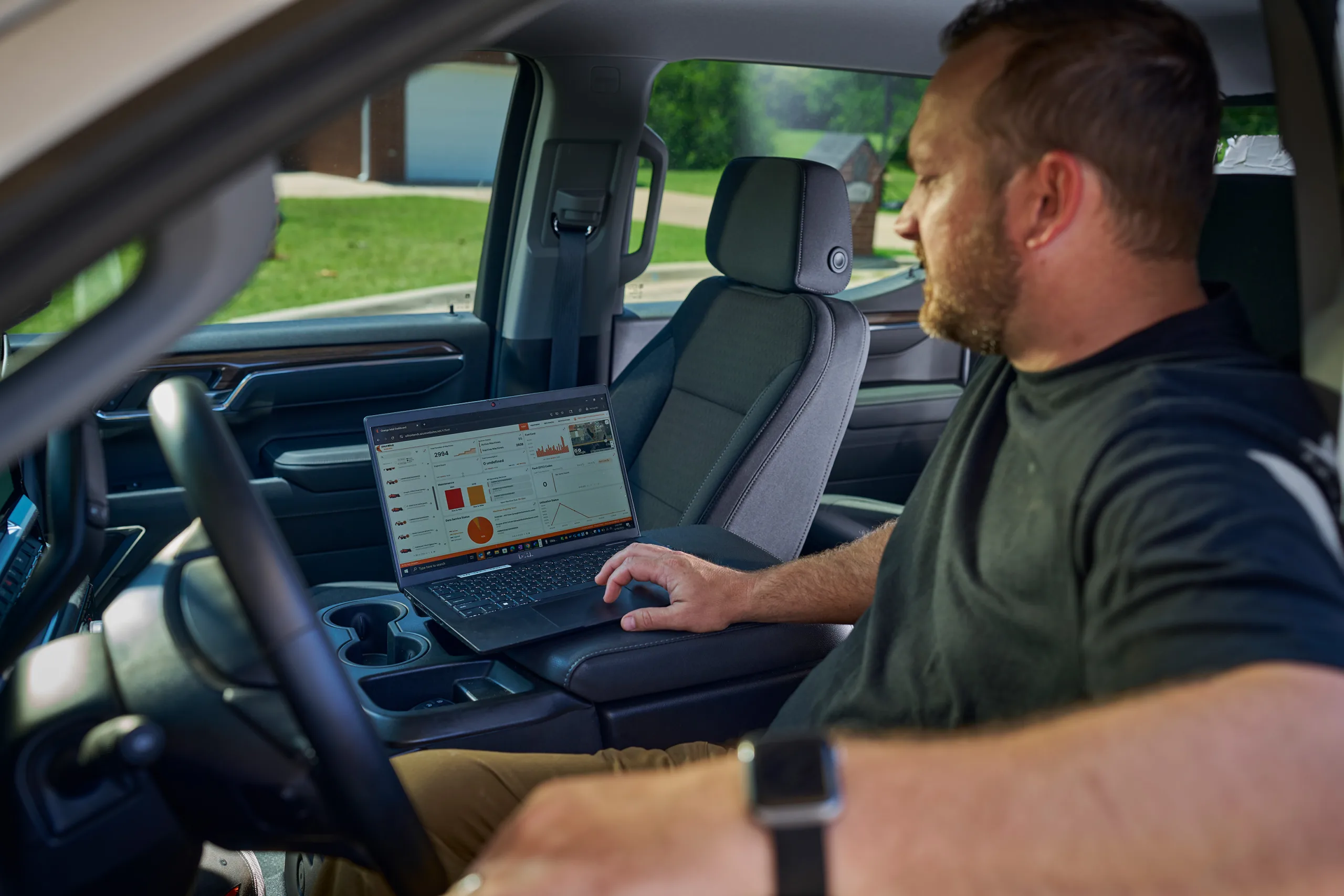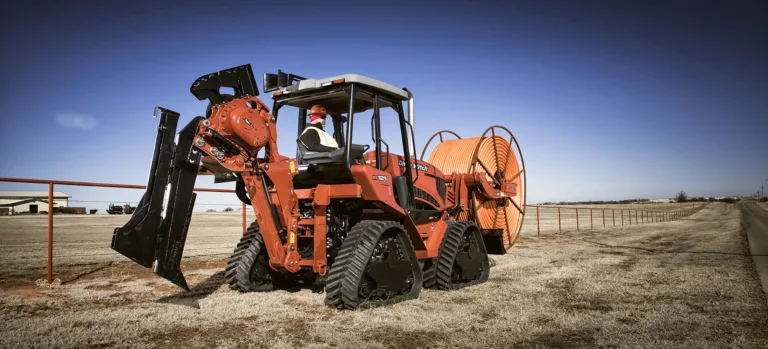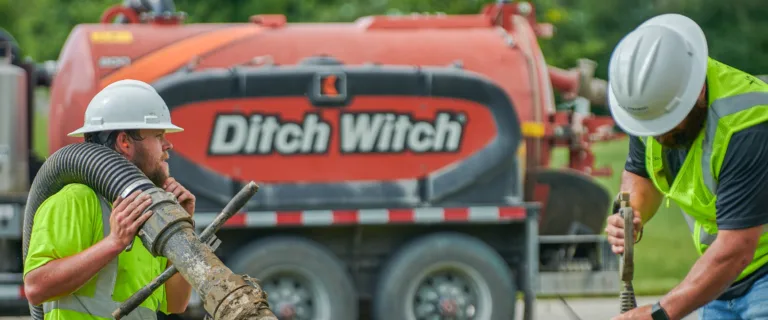Three reasons why telematics are now a must for HDD machines
Historically, understanding the health and performance of your horizontal directional drills (HDD) was largely a guessing game. Beyond knowing whether the machines were operational and meeting deadlines, there was little concrete information available. However, telematics has forever changed that by providing clear and comprehensive insights. Telematics transforms your understanding and management of HDD machines by offering detailed data on their performance across various ground conditions, whether they are active or idle, and indicating when they require servicing. This enhanced knowledge can significantly boost your business’s productivity and competitiveness. In today’s landscape, as you face cost pressures, labor challenges and evolving contract requirements, integrating telematics with your HDD machines is no longer a luxury – it’s a necessity.
Improved ROI
To maximize the value of your HDD machines, it’s essential to make informed decisions throughout their lifecycle. This includes placing an appropriate bid for a job based on the demand it will require from your machines, selecting the right machines for the job, operating them efficiently and performing timely maintenance to extend their operating life. Telematics data can inform all these decisions to help you maximize your ROI. When you run an HDD machine on a site, telematics data can capture a variety of operating parameters, including rotation, speed, force, thrust and mud flow. This can help you understand how your machines perform in different terrains so you can more accurately price your bids and know which machine to bring to a job based on ground conditions. You can also use telematics data to uncover cost-saving opportunities in the field. For instance, you may see that your machines are running idle for long stretches on sites, resulting in unnecessarily high fuel costs. Or you may discover operators are pushing machines too hard. With this insight, you can take any necessary actions – such as providing additional training to operators – to reduce future financial losses. Your maintenance costs can also be optimized. With insights like predictive maintenance needs, you can ensure your machines are serviced when required, reducing the potential for costly breakdowns. And, using fleet management services that utilize GPS data from the telematics system, such as Ditch Witch’s Orange Intel, you can create a digital “fence” around sites to track the movement of machines and locate them if they’re lost or stolen.
More bid opportunities
Increasingly, more bid specifications now require submission of electronic drilling records upon project completion. Some governments – including in California and Europe – also now mandate that contractors provide data records of underground installations. It’s only a matter of time before more regions follow suit and introduce similar requirements. Collecting and maintaining this data can create a more precise record of increasingly congested easements and help protect people and underground utilities. However, collecting and reporting the data can feel like an extra hurdle. Fortunately, modern HDD technology makes it easier than ever to comply with these data requirements. An HDD guidance system can digitally automate the generation of the as-built report, saving time and reducing the potential for errors compared to handwritten bore logs, and helping you get paid sooner. Telematics data can also support compliance with data reporting requirements and, over time, help you better estimate the number of hours needed for future jobs.
Optimized performance and uptime
With more data available on your machines, you can gain valuable insights into their health and performance to maximize productivity and reduce downtime on sites. Fleet management tools that allow access to telematics data via smartphone, tablet or computer at any time make it easier than ever to view these metrics. For example, you can monitor indicators such as how quickly crews are using components like drill bits and chains. You can also track fuel and DEF levels, battery performance and other systems to identify potential issues early and take proactive measures to prevent downtime. If a problem occurs, diagnostic information can be transmitted directly to you and your dealer. This enables swift troubleshooting and resolution, ensuring the machine is back in operation as quickly as possible. Additionally, you can monitor how your machines are being utilized and record the amount of product installed from one job to the next. This data can help identify issues such as underutilization or misuse, and assist in planning workloads for future projects, ensuring optimal efficiency and productivity. An abundance of data is waiting to be uncovered from HDD sites. By leveraging this information, you can improve the ROI of your machines, meet specific data requirements for bids, and ensure both your equipment and crew operate at peak performance.





